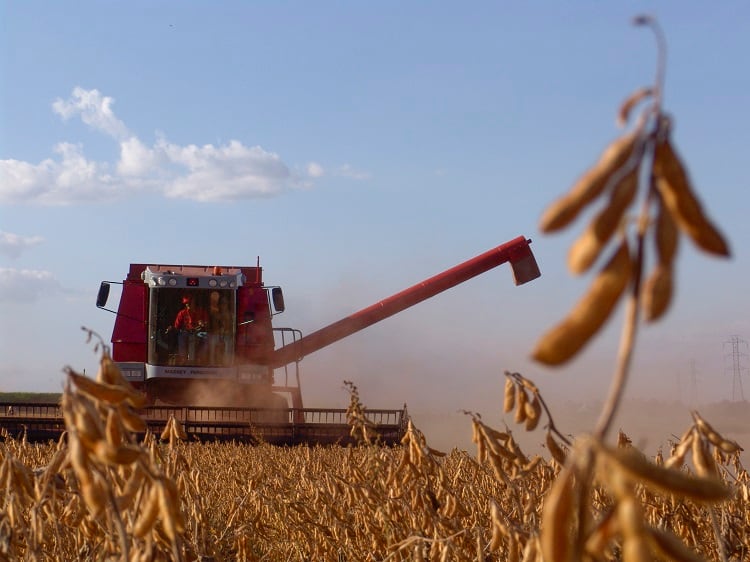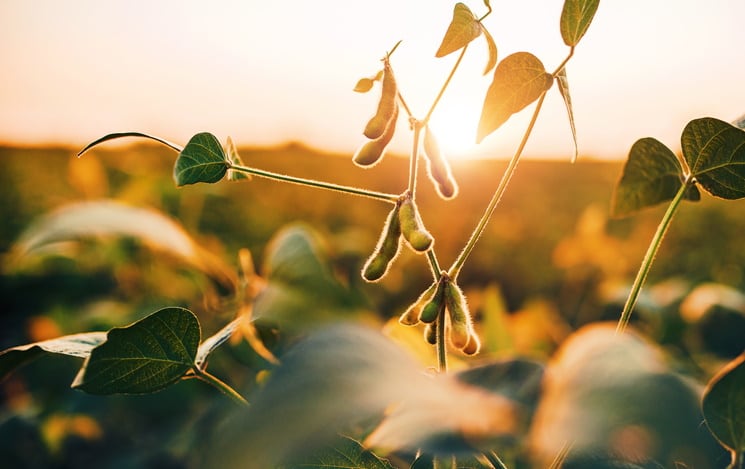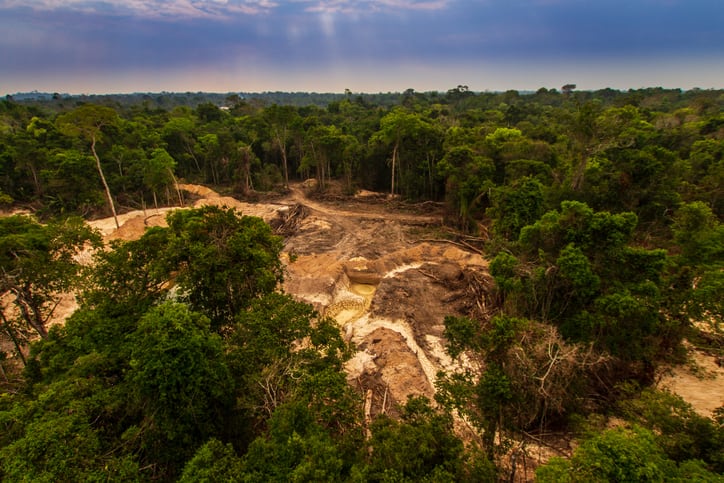Amaggi (Grupo André Maggi) is a Brazilian agribusiness with an international presence in Argentina, Paraguay, Norway, Poland and the Netherlands.
Perhaps best known for its presence in soy, the company is considered the largest private producer of soybeans in the world. Amaggi has three soy crushing facilities with an annual capacity of over two million metric tonnes.
Last year, the company committed to eliminating deforestation and conversion for all agricultural production in its value chain by 2025.
Significant progress has already been made, explained Juliana Lopes, Communications and Compliance Director, ESG, during a recent webinar hosted by the Innovation Forum. Yet achieving zero deforestation and conversion is ‘still a challenge’.
Monitoring deforestation and conversion in-house
“Right now, we are already able to monitor 99% of the soy that we source from the Amazon biome and the Cerrado biome,” explained Lopes. “Of that 99%...99% have been zero deforestation and zero conversation since at last 2017.
“There was no deforestation or conversion in 2020 for soy production.”
How has Amaggi managed to achieve close to zero deforestation and conversion? According to Lopes, the company used to work with third party systems, however started looking for alternatives that could not only serve to mitigate risk, but also to ‘create opportunities’ within its value chain.
In 2016, Amaggi developed its own monitoring system: the ORIGINAR Platform. Subsequent upgrades to the system saw a geospatial analysis tool added to monitor deforestation.
The tool makes it possible to cross data from supplier farms with Amaggi’s Social-Environmental Criteria, enabling other important analyses of territorial intelligence such as land use and deforestation monitoring.
As it stands, Amaggi monitors around 6,000 farms every day, representing approximately 50m hectares – made up of 9m hectares of production areas and 6m hectares of native vegetation.
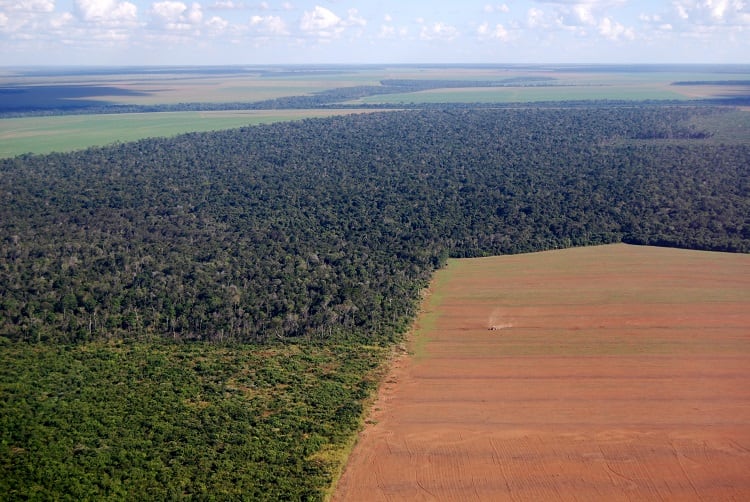
However, achieving zero deforestation and conversion remains a challenge. The company has set intermittent goals leading up to 2025, the first one fast approaching aims to see Amaggi monitor – at the farm level – 100% of its direct suppliers across the entirety of Brazil.
It should be noted that the company is responsible for just 6% of the total volume of soy it trades. The vast majority of Amaggi’s soy is purchased from producers.
“We started with the risk biomes, like the Cerrado and the Amazon, but we want to monitor 100% of our suppliers and we want to achieve 100% of our indirect suppliers by 2025 – including Argentina and Paraguay as well,” explained the ESG expert.
The focus is initially on Brazil, since this is where the vast majority of Amaggi’s soy is sourced. Argentina and Paraguay account for just under 3% of Amaggi’s total soy trade.
Who should foot the bill?
Eliminating deforestation and conversion from a supply chain, particularly one the size of Amaggi’s, does not come for free. And the process can be timely. In the case of Amaggi, two years were spent determining exactly how it wanted to approach the monitoring system, before implementation.
This has ‘created opportunities’. For example the company can now pinpoint the areas producers are intentionally conserving, without any legal obligation to do so. Amaggi is also able to monitor and create carbon stocks.
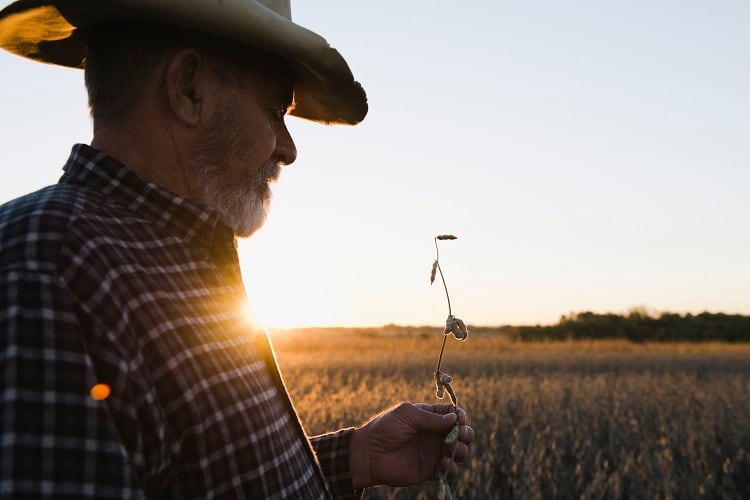
Across the industry, businesses are undeniably investing in sustainability. However, those without the funds will be left behind, and for those that can afford it, is it right that they alone foot the bill?
Lopes has been working at Amaggi for 16 years, and during that time has noticed a slight shift in the way costs are distributed. “In the beginning, all costs went through the producers.
“But now the market has realised this is not possible. Because this is not only their responsibility.”
The ESG expert believes the cost should be shared throughout the entire supply chain, including trading companies, retailers, consumer goods players, and the financial sector. “I think everybody has to share a little bit of the cost of implementation.”
This is perhaps easier said than done. Lopes is not convinced the market understands how to share the cost in this way. “The market doesn’t know how to spread the cost between the whole value chain, and [instead], it goes to the ones that are most connected to the producers.”
Is ‘collaboration’ a panacea?
In sharing costs across the supply chain, businesses are collaborating for the greater good.
What about at the production level? Can increased collaboration between producers help advance the zero deforestation and conversion cause?
“Collaboration is key,” according to Amaggi’s Lopes. However, it may not be the magical solution some proport it to be. “If you use collaboration and the jurisdiction approach as the silver bullet, thinking that they are going to solve everything, you are wrong.”
Instead, Lopes stressed producers must first get their own houses in order. “Otherwise, you cannot create the robustness the stakeholders think you have on your policy for deforestation and conversion.”
Once businesses have taken internal action, collaboration can prove an effective tool. To take Amaggi as an example, the company plans to ‘shortly’ have wiped out deforestation and conversion from its supply chain. As mentioned, this has already been achieved in the Amazon and Cerrado biomes.
“However, even if I have zero deforestation and conversion in my supply chain, there is still going to be deforestation and conversion in the sector [within which] I operate and in the area that I operate – because there are other sectors working in the same area.”
This is where collaboration must happen, Lopes continued. In Brazil, for example, 94% of deforestation is illegal. So while all sectors operate ‘really well’ on 6% of the problem, the 94% still exists.
This creates a problem for retailers, explained the ESG expert. “This is going to be very difficult for the retailers, for example, to explain to consumers that they are buying zero deforestation and zero conversion products, but [consumers] still see in the news that a lot of deforestation is happening. It’s going to be very hard for them to explain that.”
Greater cooperation within the jurisdiction approach to deforestation and conversion is required, we were told, but Lopes stressed reiterated this should not be the first port of call.
“Everything starts with your own commitment, first, and whether you are able to deliver the results of the commitments you’ve made. Because this is when people will believe your commitments are on the right track and can trust you…”


